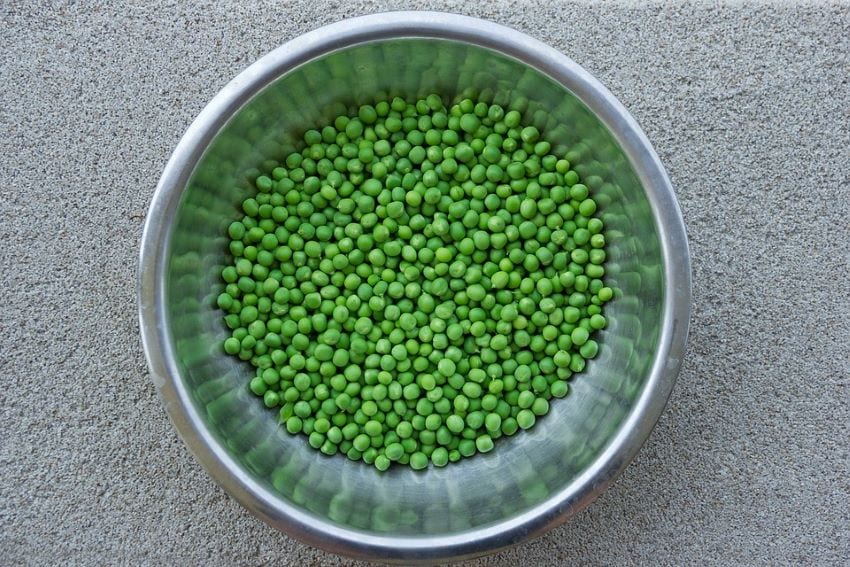
World Pulses Day – 10 February: The importance of pulses or legumes in the new COVID-19 era
The United Nations General Assembly has designated Wednesday, 10 February as World Pulses Day, building on the success of the International Year of Pulses in 2016 led by the Food and Agriculture Organization of the United Nations (FAO).
Pulses, which are the edible seeds of a plant, include a variety of beans familiar to our family meals such as pigeon peas, baked beans, red, green, yellow and brown lentils, chickpeas (chana or garbanzo beans), garden peas, black-eyed peas, broad beans (fava beans), kidney beans.
While the discovery of pulses dates back centuries ago, they are just as important to our diets now as they were back then, especially in a world which continues to be ravished by COVID-19 that is putting disposable income under strain and claiming high levels of unemployment.
Apart from being relatively inexpensive, pulses are loaded with nutritional value and densely packed with protein and iron, typically containing twice the amount of that found in whole grain cereals and three times that of rice.
In countries or economies where meat, dairy and fish maybe inaccessible due to unemployment and lack of financial resources, pulses can become a vital addition or alternative to a nutritious, healthy diet.
Pulses, which are the edible seeds of a plant, include a variety of beans familiar to our family meals such as pigeon peas, baked beans, red, green, yellow and brown lentils, chickpeas (chana or garbanzo beans), garden peas, black-eyed peas, broad beans (fava beans), kidney beans.
Vyju Lopez, Plant Production and Protection Officer at FAO stressed that the value of pulses cannot be emphasized enough.
She stated, “Pulses and legumes are so diverse and varied. They are also ‘climate smart’ and can be cultivated in arid (dry) climates since they are often drought tolerant. Another benefit is that they have bacteria in their roots that fix nitrogen, thus enriching the soil. So you don’t need to apply any nitrogen fertilizers when cultivating these crops. Several legumes (pigeonpeas, field beans, yardlong beans) fit well into the Caribbean farming systems and are extensively grown in the region.”
She also stressed that the versatility of pulses validates its importance as it can be cooked or prepared as a main or side dish including peas and rice, stewed peas, hummus and salads satisfying the appetite and nutritional needs of both vegetarians and non-vegetarians.
In the FAO, Rome 2019 publication “The Global Economy of Pulses”, it states that of the different regions of the world, Latin America and the Caribbean, Sub-Saharan Africa and South Asia have the highest levels of average per capita consumption of pulses. The report also indicates that there is evidence that links the consumption of pulses to lower risk of cardio-vascular diseases and diabetes.

Meanwhile, the Minister of Agriculture and Food Security in Barbados, The Honorable Indar Weir stated that, “Pulses have always been an integral and rich part of Barbadian life, our cuisine and especially Sunday lunch. What’s more, harvesting and shelling pigeon peas, bonavist and rouncifers have been a home life tradition that spans multiple generations. In fact, there was a time when no home was complete without a pea tree on the premises”.
He added, “The benefits of pulses are not only seen in the home, but in the fields where they play a central agronomic role in crop rotations and in maintaining healthy soils. They improve soil fertility by converting unusable nitrogen from the air into soil nitrogen that is usable by the plants. Pulses are therefore critical to the future of wholesome nutritious food, and for advancing sustainability and food and nutrition security”.
The demand for safe and nutritional food and agriculture in a COVID-19 environment is extensive and transcends all economic and social strata, placing agriculture in the spotlight and highlighting the importance of farming and farmers.
The versatility of pulses not only makes it a staple food around the world, but contributes to the reduction in hunger, while improving the livelihood of farmers. Like it was centuries ago, pulses are here to stay for many more centuries to come.
